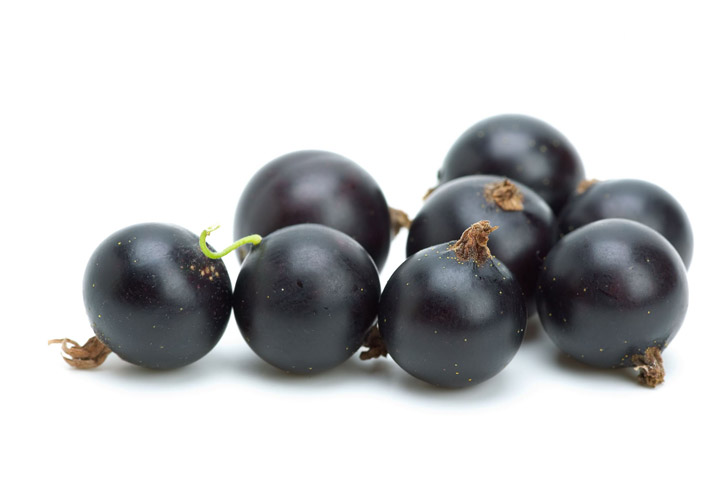
A popular berry during summertime, deep purple black currants (sometimes called blackcurrants) offer a wealth of nutrients not found anywhere else. The plump little black currant can be puckeringly sour however, so it’s one fruit that usually requires some type of added sweetness, such as honey or stevia, for eating as is or for baking. Black currant sauce can make a delicious savory sauce for serving with lamb, turkey, or fish.
Native to central and northern Europe and Siberia, and found in Britain for over 500 years, the small shrub bearing this fruit is similar to those bearing translucent, white, and red varieties, but while they’re sweeter, they offer fewer vitamins and minerals. Chinese and European folk medicine both claim dozens of traditional uses for black currants as a curative.
Health Benefits of Black Currants
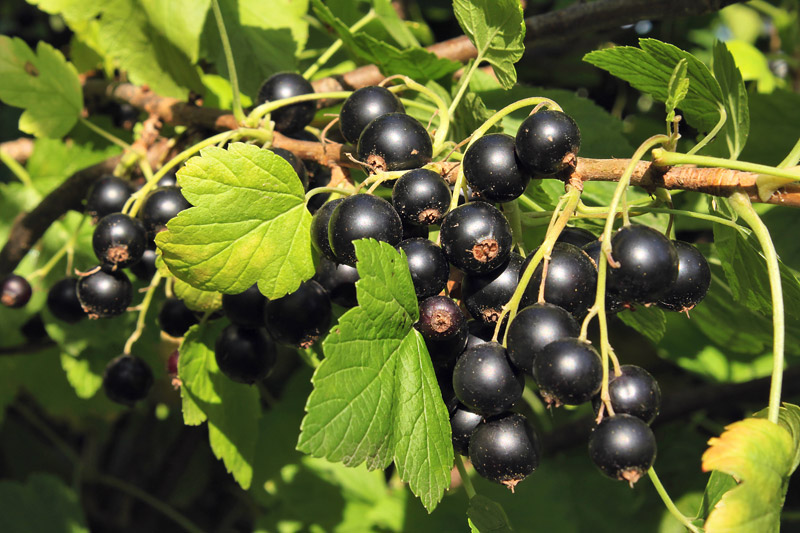
Infection-fighting vitamin C shows up in a big way in these little berries, with more than 300 percent of the daily recommended value in a 100-gram serving (equivalent to a little under a cup of apple slices). This vitamin has antioxidant properties that stop free radicals (from exposure to toxic chemicals and pollutants that cause aging, cancer, heart disease, and inflammation) from damaging cells.
B-vitamins in black currants such as pantothenic acid (vitamin B5), pyridoxine (vitamin B6) and thiamin (vitamin B1) are called “essential” because they’re necessary from regular source outside the body – a.k.a. eating them – because these vitamins are needed by the body for metabolism.
Iron is an important mineral in black currants, providing 20 percent of the daily value along with protection against immunity deficiencies and fatigue by transporting oxygen to cells.
Also present are copper, calcium, phosphorus, manganese, magnesium, and potassium for optimal cell, tissue, and organ function in the body.
Anthocyanins are one of the compounds that make black currants uniquely powerful in antioxidants. Flavonoids like betacarotene, zeaxanthin, and cryptoxanthin help lower the risk of lung and mouth cancers, protect against neurological diseases, slow the aging process, and fight inflammation.
The list of other things black currants help with is a long one. Studies show they may play a part in preventing Alzheimer’s disease, prevent and treat arthritis, gout, and liver problems, ease problems with menopause, painful periods, and PMS, and against diarrhea. It’s even useful topically for healing wounds and treating insect bites.
As far as ORAC value (oxygen radical absorbance capacity), black currants offer one of the highest values among every other fruit but a few: chokeberries, elderberries, and cranberries.

Selection and storage
Black currants season lasts from July until October. If the berries are to be stored at all, they should be picked intact. Damaging them can be avoided by picking up the whole string by its stem, taking care not to damage the spur.
Fresh currants feature deep-purple, almost black, with a glossy skin and a persistent calyx at the apex. Avoid berries that are very soft, shriveled and with cuts/bruises with leaking juice. If not used immediately, store them inside the refrigerator, where they keep fresh for few days.
Black Currant Fun Facts
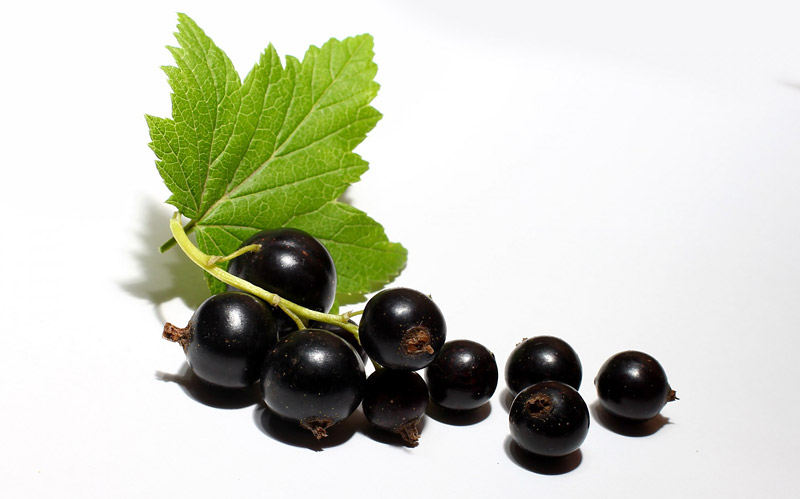
Black currants were called “forbidden fruit” in the U.S. until 2003, all because of misinformation. It started when a certain Lord Weymouth shipped white pine seedlings from America to Britain. Before long, white pines in Germany began showing blister rust. Unaware of the problem, the U.S began importing European pine seedlings, as well as the disease.
Tree experts decided the disease, appearing to threaten the white pine industry, actually jumped from white pines to black currants to white pines. In 1911, bans against black currant bushes blackballed the once popular berry. While some states began overturning the ban in 1966, it still stands in others.
Summary
Black currants have been used for many ailments, including infections, inflammation from arthritis, problems with night vision, and even cancer. Besides the whopping amount of vitamin C in these little beauties (over 300 percent of the daily value), they also contain pantothenic acid (vitamin B5), pyridoxine (vitamin B6), and thiamin (vitamin B1). Iron is an important mineral, as well as copper, calcium, phosphorus, manganese, magnesium, and potassium. Anthocyanins are one of the compounds that make black currants uniquely powerful in antioxidants, and flavonoids like betacarotene, zeaxanthin, and cryptoxanthin help lower the risk of certain cancers, neurological diseases, slow the aging process, and fight inflammation. They’re quite tart, so they require a bit of sweetness, but these amazingly healthy berries are a great choice for desserts and savory sauces.

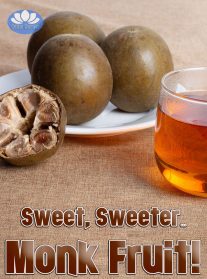

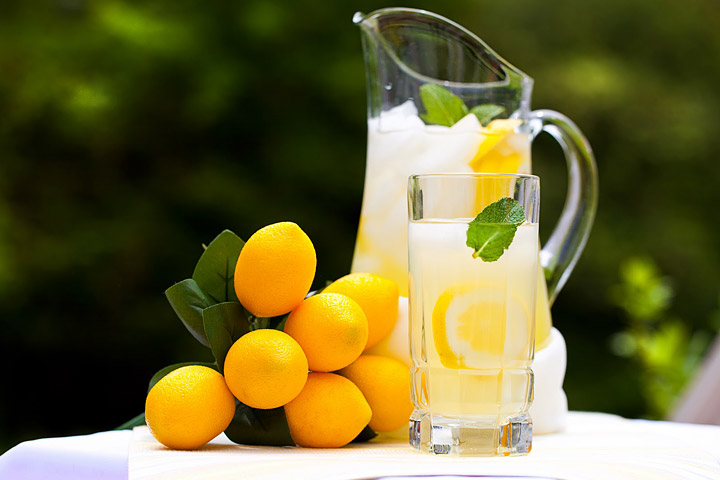
Leave a Reply